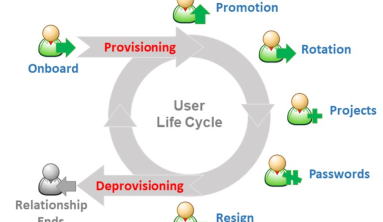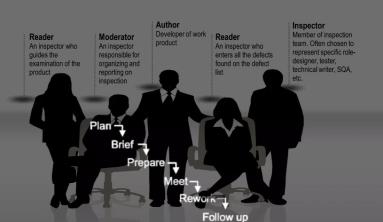Training & Development
Training and development refers to educational activities within a company created to enhance the knowledge and skills of employees while providing information and instruction on how to better perform specific tasks.
Training is a short-term reactive process meant for operatives and process while development is designed continuous pro-active process meant for executives. In training employees' aim is to develop additional skills and in development, it is to develop a total personality.
In training, the initiative is taken by the management with the objective of meeting the present need o fan employee. In development, initiative is taken by the individual with the objective to meet the future need o fan employee.
Advantages of IT training for your business
Information technology (IT) training can help your staff be more confident and comfortable using IT. This can lead to numerous benefits to your business, including:
- Increased productivity
- Greater efficiency
- Improved bottom line
- Quicker adoption of new technologies
Due to the costs involved, user training and systems support are often seen as additional overheads. However, you need to invest money in both of these areas to ensure the success of IT systems.
Benefits of IT training and development for staff
There are many potential benefits of investing in the IT skills of your workforce. For example, staff training and development:
- Helps your business run better - it makes your staff better equipped to use computer systems, handle customer enquiries or make a sale.
- Helps staff acquire new skills - this can increase their contribution to your business, as well as their self-esteem and personal development.
- Enables staff to undertake new and different tasks - this can lead to job enhancements, promotion and increased motivation and job satisfaction.
- Helps staff gain confidence in their use of IT - this can increase their productivity and efficiency.
- Makes the transition to new IT systems and technologies easier - for both your staff and customers.
- Makes your staff feel appreciated - they will see you investing time and money in their professional development, so retention and morale can increase.
Risks of not investing in IT training
If you don't give your staff adequate IT training, they may not be able to use your IT systems efficiently. This can potentially lead to:
- Business operations being disrupted
- Efficiency and productivity falling
- Staff becoming frustrated and unhappy
- Deadlines being missed
- The business losing confidence in the new system
On-the-job training
On-the-job training isn’t always standard practice, but it can increase productivity and efficiency in specific industries. Not only that, it can benefit the company as a whole, from reducing training costs to creating more effective, motivated employees.
Benefits of on the job training:
- It is easy to set up
- Faster training with real experience
- Faster adaptation to a new job
- Trainee can perform simple job tasks from the beginning
- Retain good employees
- Attract the right people
Adaptive Learning in Business
Adaptive learning refers to customized learning activities tailored to individual learners' needs. When it comes to corporate learning, this could mean providing custom learning paths based on your employees' varying skills, work experience, and learning paces.
Benefits of Adaptive Learning in the Workplace:
- It clarifies priorities
- It's a more flexible learning environment
- It's a personalized, curated learning experience
- It shows administrators where to focus
- It's better than the one-size-fits-all training approach
- It's more efficient
- It improves employee engagement.
Train the Trainer
Prepare a professional trainer within the organization who has effective presentation and facilitation skills. Build self-confidence of the trainer by allowing them to take on a new or expanded role. Ensure the trainer effectively communicates key messages related to course material. Ensure trainers understand and utilize interactive techniques properly. Use an internal resource to train other employees and can help form new alliances and teams. Improve employee retention by allowing them to feel like an important part of the organization.
Via TIGO Solutions





